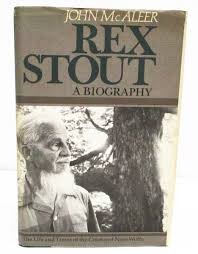nashcounty
Distinguished Member
- Messages
- 363
Follow along with the video below to see how to install our site as a web app on your home screen.
Note: This feature may not be available in some browsers.
It's the end of the world as we know it, but I feel fine...
For those of us who are not familiar with NY Route 9A, where was this photo taken?
For those of us who are not familiar with NY Route 9A, where was this photo taken?
My motivation to work from mid December to mid January is always so low lol. I usually take a vacation around Christmas so i’m starting to look forward to that/the holidays in general by the second week of December, then when I have to get back to work in January it’s always a little depressing and takes me a week or two to get back into a rhythm.Not motivated to work today.
Even little kids born well North of the Mason-Dixon Line who see many snow storms each year run around trying to catch snowflakes on their tongues.My four year old grandson is wandering around in the first snow he remembers trying to catch snowflakes on his tongue. Iss that every kids' automatic reaction to their first snow? All mine did it.
He said "inclinations." My inclinations this coming year are to: lose weight, exercise more, eat better, spend less, and convince a super model that old man love is something she needs to sample.Five books a week? Holy cow
I watched a documentary about Bill Gates. He goes on a trip once a year to be completely alone for a week. His secretary showed the stack of books he would read in that week. I probably couldn't read all of them in a year. There had to be 10 books.That's still quite a voracious reading speed. And I thought I read fast.
When we were tested in the fifth/sixth grade ( Part of a pilot program for the gifted and talented in NC back in 62-63), I read better than twice the average speed and faster than anyone else.That's still quite a voracious reading speed. And I thought I read fast.
My father turned us on to Wolfe as teenagers. My brother and I both have the complete series. In addition I have Stout's other works as well. Other related stuff. I reread the series every decade or so.Fwiw, five a week is a decrease. Until I was in my forties and started spending too much time on message boards, it was more like 8-10 unless I was in a brain candy stage and reading Louis Lamour westerns and Nero Wolfe mysteries. I'd read 2-3 of those a day. I've always been a big reader. Started in the first grade. I think it took about a month before the librarian told me I didn't have to stay in the primary school area any more.

